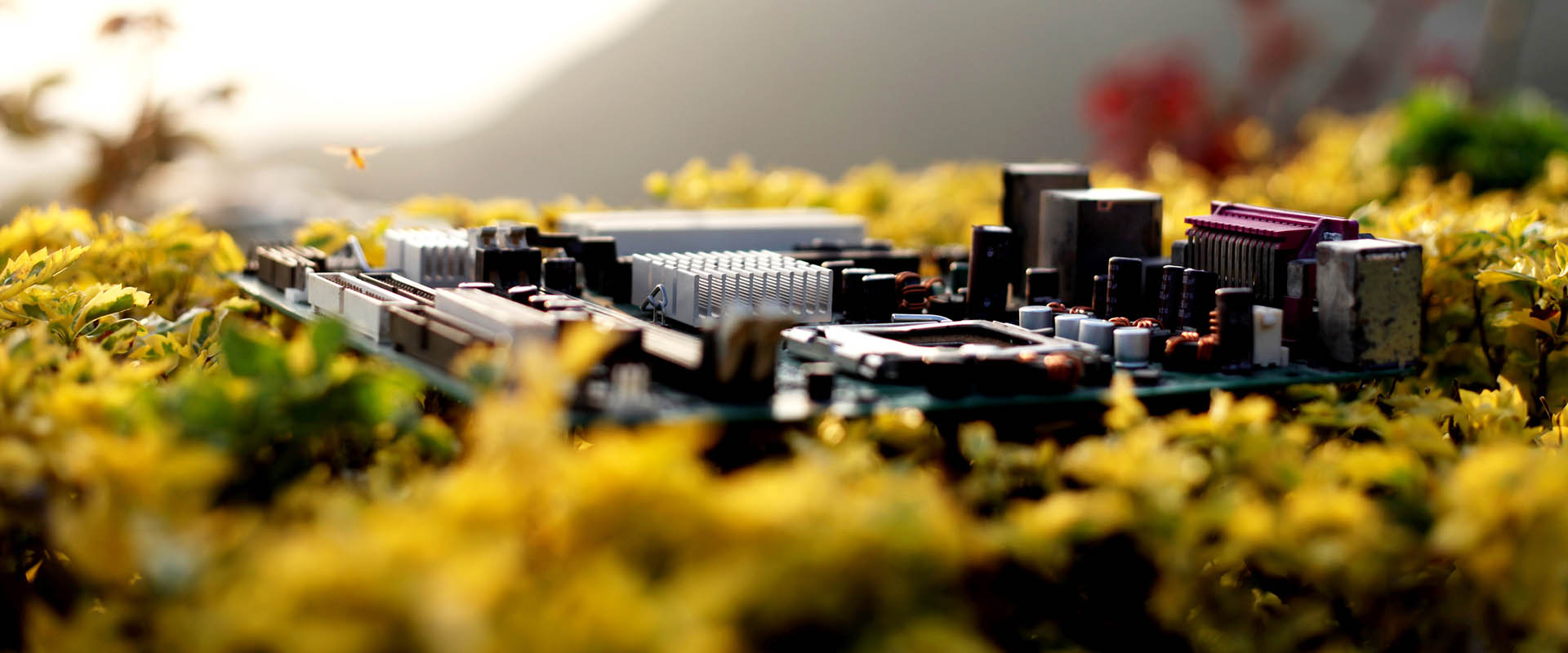
GOVERNMENT PROPOSING NEW E-STEWARDSHIP SCHEME
In 2023 The Department of Climate Change, Energy, the Environment and Water (DCCEEW) released a public discussion paper proposing a new e-product stewardship scheme which would expand upon the existing National Television and Computer Recycling Scheme (NTCRS). The existing scheme is limited to accepting televisions, printers, computers, and computer parts and peripherals. Consideration is being given to expanding the scheme to include small electrical and electronic equipment (SEEE). This category covers a wide range of products such as kitchen & household appliances, portable audio and video devices, cameras, tools, toys, and gaming consoles. This expansion may also be complemented by the introduction of a product stewardship scheme for solar photovoltaic (PV) systems – which would include solar panels, inverters, attached cabling, racking and potentially household energy storage batteries. These proposals are currently under consideration by the government.
A new administrative structure with a single scheme administrator
Aside from the expansion to the categories of products to be accepted, the discussion paper also canvasses alternative administrative arrangements to oversee the delivery of the expanded NTCRS scheme. Principal amongst the proposed changes is that the new scheme would be operated by a single and appointed scheme administrator who would be responsible for delivering the scheme’s outcomes. Each year, the administrator would need to meet obligations relating to the total volume of e-waste recycled, material recovery rates, and minimum access levels to households and small businesses around Australia.
The scheme administrator would contract approved network operators to provide collection sites, logistic and e-waste recycling services. Network operators would make bids to the scheme administrator and compete based on value for money, quality of service, and additional benefits. These benefits could include higher recycling standards, higher data security, or environmental or social contributions.
Liable companies, who previously had a choice of which approved co-regulatory arrangement they would sign on with, such as ANZRP, would be required to join the scheme and pay fees to the scheme administrator to discharge their liability. Liable companies may still choose to select a particular network operator that provides additional benefits, but they would be responsible for any additional fees incurred as part of the arrangement.
What to expect?
The proposed scheme changes will have significant impacts on the e-waste sector. It will also mean many more companies will be liable, that more e-products are recycled and potentially see new services offered to the public so they can dispose of their e-products more responsibly.
The federal government, through DCCEEW, undertook public consultation on the proposed scheme redesign in 2023. Consultation on the discussion paper has now closed. The government has advised that it plans to prioritise action on solar PV systems, whilst consulting further with industry and stakeholders to progress stewardship for small electrical and electronic equipment. The NTCRS is governed by the Recycling and Waste Reduction Act 2020 (RAWR Act), which is currently the subject of a statutory. Public consultation on the review of the Act closed in February 2025. Further details can be found at Review of the Recycling and Waste Reduction Act – DCCEEW
More detail on the discussion paper can be found at Regulation for small electrical products and solar photovoltaic systems – Climate (dcceew.gov.au)
If you would like to find out more about the scheme changes, and what it could mean for your business we are happy to assist. You can contact us at comms@anzrp.com.au.
PRODUCT REUSE
At ANZRP we deliver complete, sustainable e-waste solutions to meet the needs of industry, government and consumers. We achieve this by working closely with our members and through partnerships such as PonyUp for Good, which facilitates the re-deployment of equipment ahead of responsible recycling – helping organisations reduce waste and maximise asset value.
We have established affiliations with The Reconnect Project and The Laptop Initiative, which extend the life of technology products and create social impact by supporting digital inclusion. These initiatives not only benefit the community but also strengthen our members’ ESG credentials and demonstrate leadership in circular economy practices.
In addition ANZRP has collaborated with its members to develop a position statement on the opportunity for product reuse within the NTCRS. This statement can be viewed on the Member Portal.